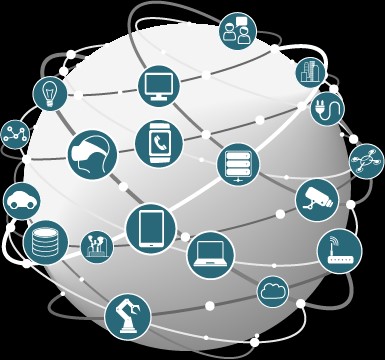
The dilemma
Buyers are often concerned that what they buy today may become technologically obsolete tomorrow. This worry is further heightened by the fact that IoT solutions have high initial cost and is disruptive. IoT solutions as they are today are still immature point solutions and addresses emerging use cases with evolving technology standards. Faced with this dilemma, many corporations defer buying IoT solutions that could have otherwise offered them tremendous value today and in future. The only way to lift this dilemma off their way is to make future-proof IoT infrastructure. How do you do that?
Future-proofing IoT infrastructure
What could make IoT obsolete?
Any IoT solution whether bought today or in the future can become obsolete after some time. IoT solutions are still immature and fast evolving making them prone to obsolescence. There are numerous other factors that could cause IoT to be obsolete. They include;
- Low marker acceptance
- Evolving use cases
- Supplier decision
- Poor economics
- Government regulations
- Lack of expertise
How to build future-proof IoT solutions
In planning a future-proof IoT, designers need to understand the key characteristics of a future-proof IoT infrastructure and then define specific requirements for each of the characteristics. These characteristics include:
Secure
Security should be every IoT solution’s priority. Every IoT solution needs to address authentication, authorization, and encryption of data to avoid putting enterprises a risk of cyberattack. Lack of security will fuel low acceptance of the IoT solution. This poses a huge risk of obsolescence.
Scalable
IHS estimates that in 2015, approximately 15.4 billion devices were connected to the internet. It further predicts that this figure to 75.4 billion in 2025. This means that a huge increase in data is expected. In this regard, IoT solutions need to be based on horizontally-scaling architectures making it easy to add processing capability whenever the need arises.
Flexible
The IoT frontier has proven to be full of surprises. New protocols, devices, and integrations keep cropping every now and then. A future-proof IoT infrastructure should, therefore, be designed to accommodate these new devices and protocols. Failure by an IoT network to accommodate emerging technologies will result in it aging rapidly. Such a system will also fail to deliver long-term ROI.
Economical
To ensure high acceptance of the IoT infrastructure by Enterprises, it is prudent to ensure that the cost ownership is rational and remains within the forecasted range.
Supportable
The technical and SLA issues incurred by the system should be easy to resolve.
Steps to follow in creating a future-proof Infrastructure
Change is constant and unavoidable. The secret lies in managing change. Every IoT solution has a useful and functional life, it should be designed to ensure that this functional life is perpetual. To achieve this, you can follow the following three steps:
1.Plan and design
First identify and categorize the various IoT infrastructure, systems and solutions into the following categories:
- Short term
- Midterm
- Long-term
- Do not future proof
- Transition when convenient
- Future-proof
To successfully categorize them, you need input from IT, operations and other business units within the enterprise. You also need to factor in the characteristics discussed earlier; secure, scalable, supportable, economical and flexible.
You May Also Like This : “Ultra-Low Power Microcontrollers for IoT”
2.Source and build
Once you have appropriately categorized them, go ahead and procure the necessary solution (hardware and software). Despite buying and sourcing being used interchangeably, these terms are different. Sourcing entails ensuring strategic access to supply, buying, on the other hand, is transitional. During procurement, it is important to understand the supplier product lifecycle. Once you have acquired all the desired solutions, you can go ahead and build the IoT infrastructure. By all means, make sure it is less disruptive as possible.
3.Support and monitor
The third step in constructing a future-proof IoT infrastructure and solution is to ensure that its operation over a desirable period of time. This involves offering efficient technical support and monitoring services. These services are better offered by than the buyer. If these services are being offered by the buyer, they need to;
- Constantly install vendor firmware updates
- Purchase warranty
- Build in-house maintenance and repair capability






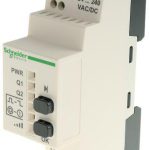

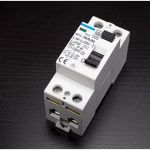

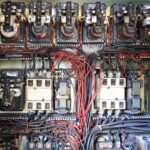
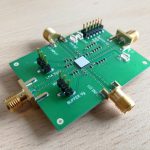
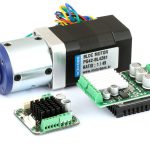

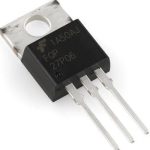


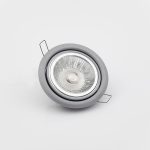




1 Comment